A guide to different types of wood

Acacia, pine, oak, elm – the different types of wood are all fairly well known, but just how easy is it to tell them apart? Further to that, once you’ve identified each wood type, which is the best timber for different pieces of wooden furniture and what sort of decorating schemes do they complement? Over the past two decades we’ve learnt a lot about wood, so we’re here to share our knowledge – to help you see the wood for the trees, so to speak.
Solid or veneer: how to tell the difference
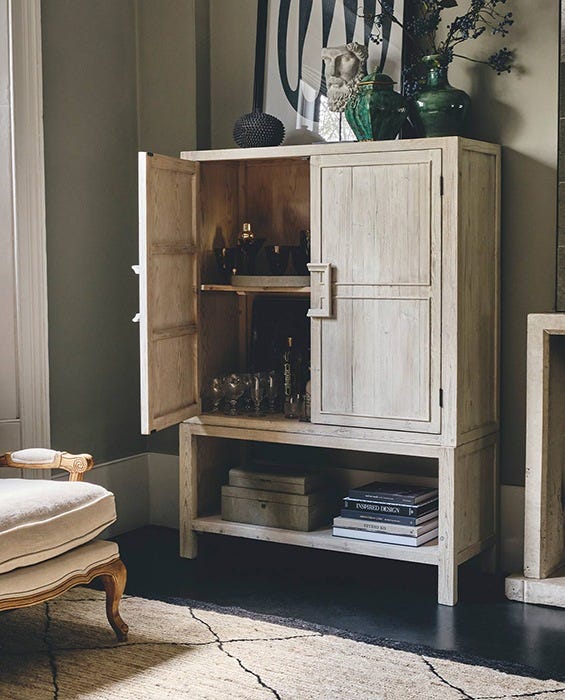

Want to check if a piece of furniture is made from solid wood or finished with a wood veneer? Here are a few things to note
● Look closely at the surface to see if you can spot a varying pattern, and get hands on and feel the grain; these are both signs of a solid-wood finish
● Additionally, as veneered and manufactured wood surfaces are too thin and fragile to be etched, if you see a piece of furniture featuring elaborately carved detailing, chances are it’s the real deal.
● Weight is also a good indicator: solid wooden furniture is much heavier than pieces that are finished with veneer.
Popular wood varieties: a few pointers
Wooden furniture comes in all sorts of shapes and sizes, but the look, feel and finish will vary drastically depending on the type of wood a piece is fabricated in. Our most popular woods have quite specific properties.
Pine
Pine trees are a type of conifer with long, needle-shaped leaves, a delicious scent and pale yellow or brown bark. Found throughout the Northern Hemisphere, as well as in northern, eastern and central Europe, pine trees occupy the second highest proportion of wooded areas in Germany – a country famed for its picturesque forests. A type of softwood, pine isn’t as weighty as its hardwood counterparts; because of its dark knots, textural grooves and light colouring, it’s often used to create rustic-style furniture.
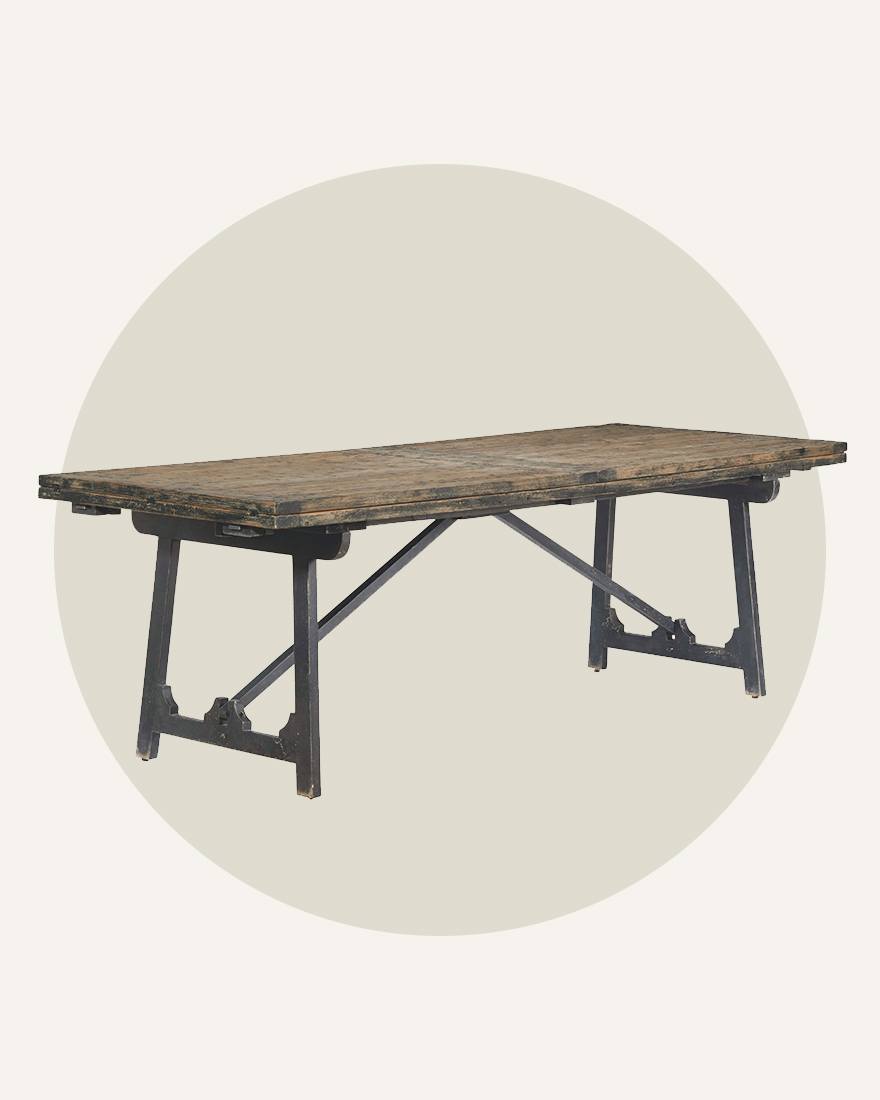

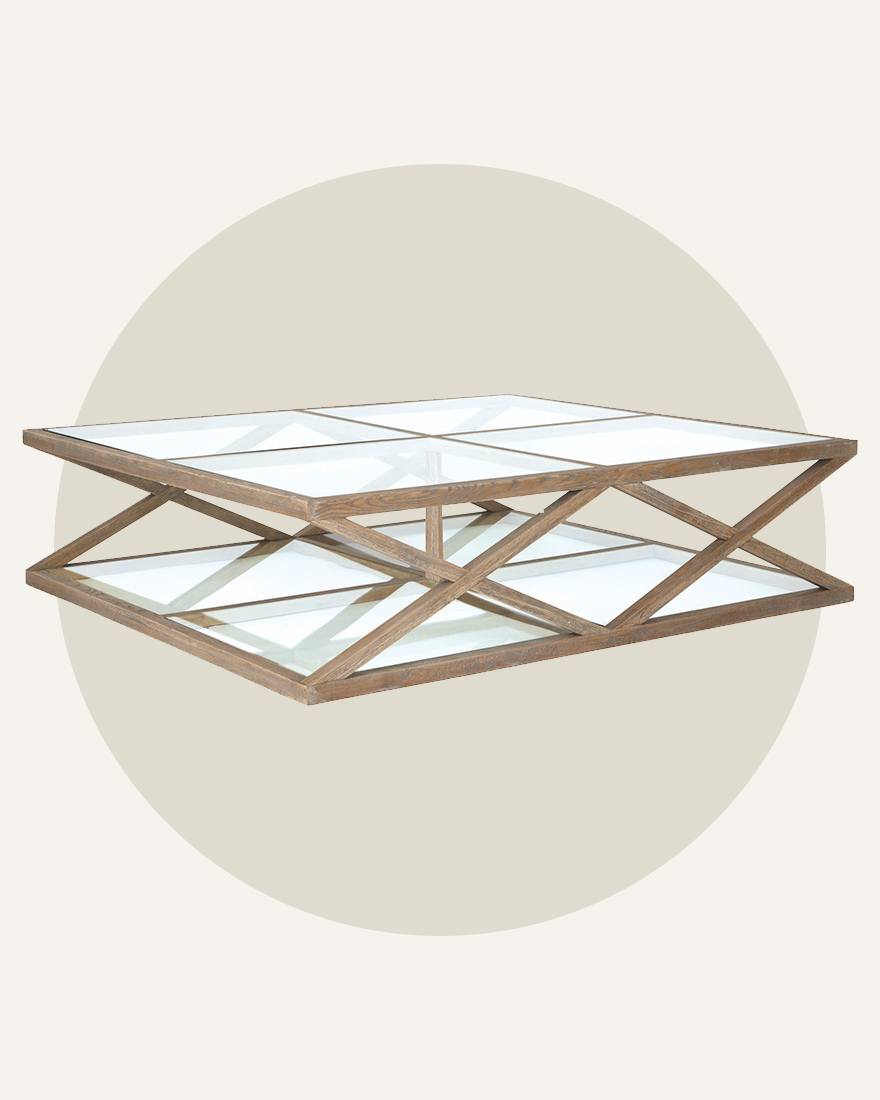

Oak
More than 200 different species of oak exist in the world, and can be found in regions and climates that extend from the cool temperatures of Europe to the tropical latitudes of Asia. A hardwood, often used in furniture, flooring and to create cork, oak is an open-grained wood with distinct markings. If the spiral patterns and lines on a piece of furniture remind you of fingerprints, it’s highly likely that it’s made from oak. Usually, the wood is light in colour and has a red or white undertone.
Acacia
Native to tropical regions, particularly Australia (where it’s more commonly known as wattle), acacia is a naturally hard timber. Highly practical, this type of wood is resinous, which means that as well as being easy to clean, it’s resistant to stains, odours and rot. Acacia has a yellow-green undertone but can be stained and finished for a unique effect.
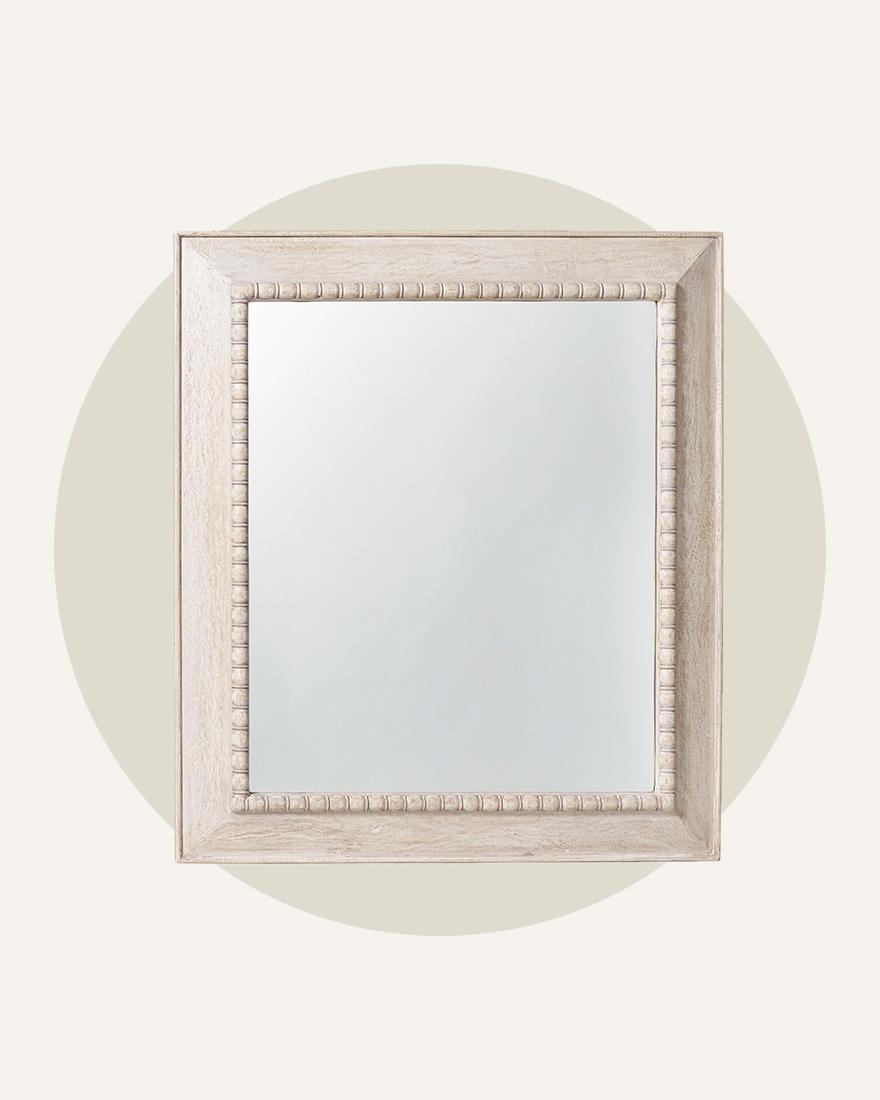

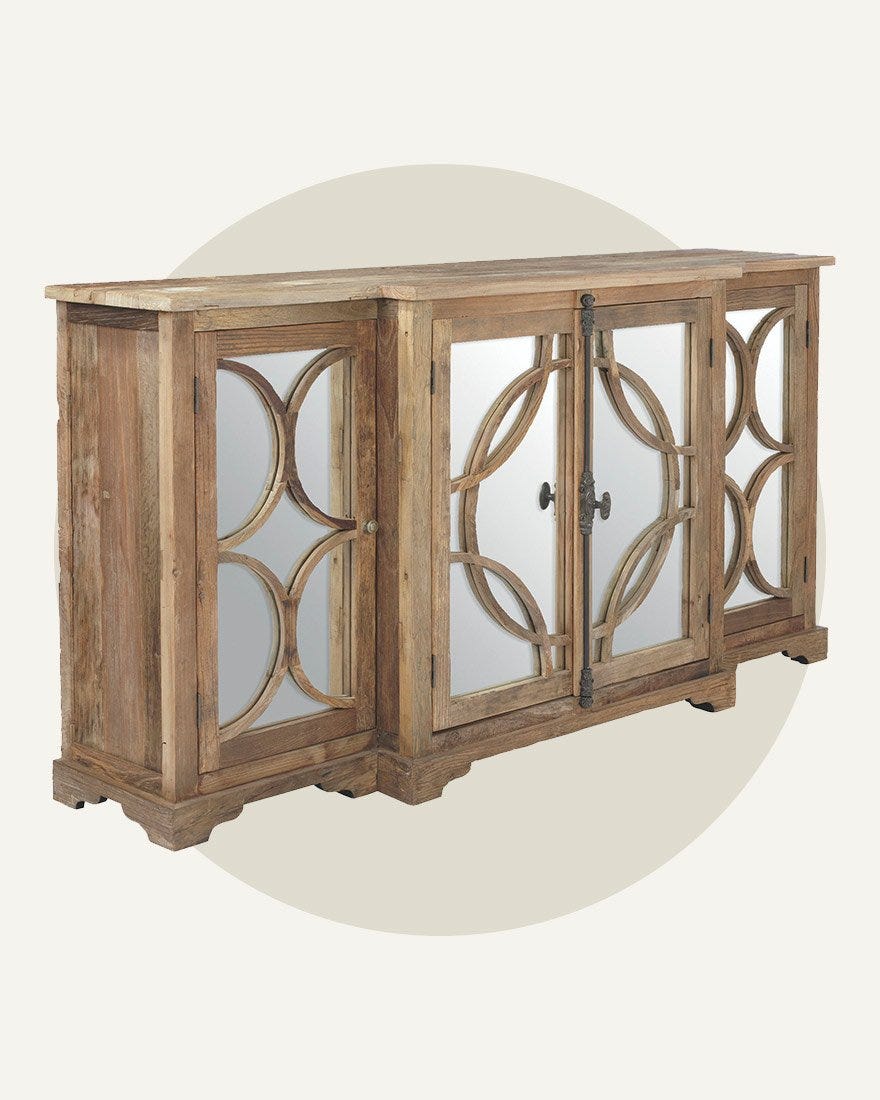

Elm
Various species of elm wood can be found across Europe, Asia, North America and Japan, where it’s a sought-after timber due to its unique grain and strength – this wood doesn’t split easily. In the past, elm dominated the English landscape but, since being ravaged by Dutch elm disease, it is now only occasionally found in the country’s hedgerows or woodland. Elm’s colour ranges from reddish brown to off-white tones.
Why choose wooden furniture and accessories?
Wooden furniture has a certain charm that no other material can achieve. If you like the idea that no one in the world has exactly the same table, chair or desk as you, then solid wood will appeal. As each tree is different – with its own tone, pattern and texture of ridges and notches – no two pieces made from solid wood will be the same, even if they follow a design with a particular set of dimensions. This is truly individual beauty.
Decorating with wood: what styles work?
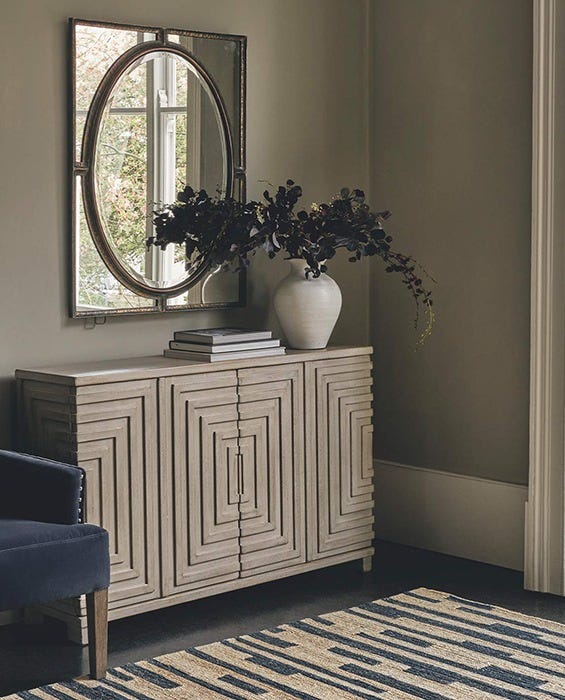

Whether you live deep in the countryside or the heart of the urban city sprawl, your home can benefit from natural finishes such as wood. A classic material that’s very much at home in interiors, wood has a long and varied history when it comes to furniture – though global styles have both varied and converged over time.
As well as featuring variations in hues and grains, each type of wood is suited to differing tasks and levels of wear. There is, however, a wood-based piece of furniture suitable for pretty much any space. Your own style will dictate what this looks like in your home; the chameleon-like material can shift shapes to be formal and traditional, sophisticated and glamorous or rustic and inviting.
What type of wood is best for furniture?
As we’ve already seen, each type of timber has unique properties that are suited to different uses and spaces. This quick cheat-sheet helps identify where some woods stand out above others.
● Resistant to dents and markings, solid oak is a great option for everyday items, such as chairs and tables.
● Pine brings warmth and contrast to a space and, despite being a softer wood, it is robust. Additionally, it comes in a wide range of finishes, making it a versatile choice.
● Acacia’s soft, pale colour complements both modern and traditional interiors. This wood variety also needs very little maintenance, so it’s a solid choice for areas or items that see a lot of use – a family dining table, for instance.
● The epitome of sophistication for luxury items, due to their rich, dark grains, walnut and mahogany come at a cost. Achieve a similar look with a piece that showcases a dark “walnut” finish, perhaps made from another wood.
What kind of wood is our furniture made from?
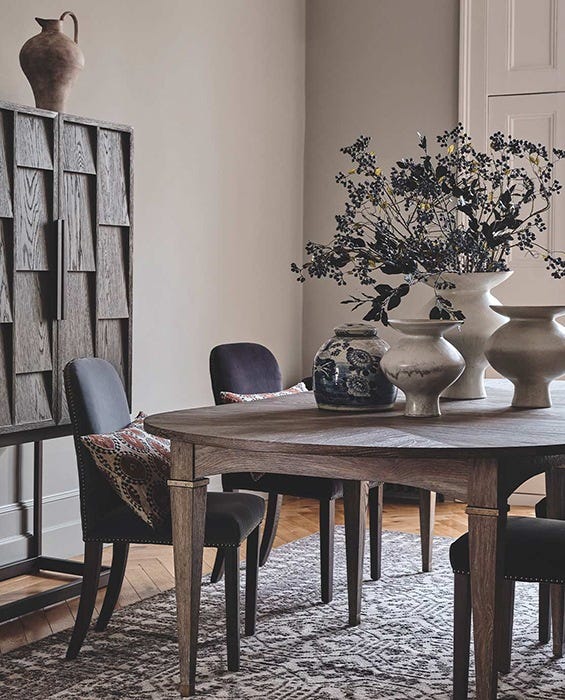

OKA has an extensive range of wood furniture and accessories, each made from a timber that’s carefully sourced and chosen for its particular qualities. Our latest collections include items crafted from oak, recycled elm, recycled pine and “weathered” acacia. Rather than being left in the great outdoors for a number of years to age, our “weathered” pieces are purposefully distressed to achieve a rustic appearance, that’s packed with character.
Now you’ve identified the various characteristics of your favoured style of wood, find out how to look after your wooden furniture so that you can enjoy it not just today, but for years to come.
